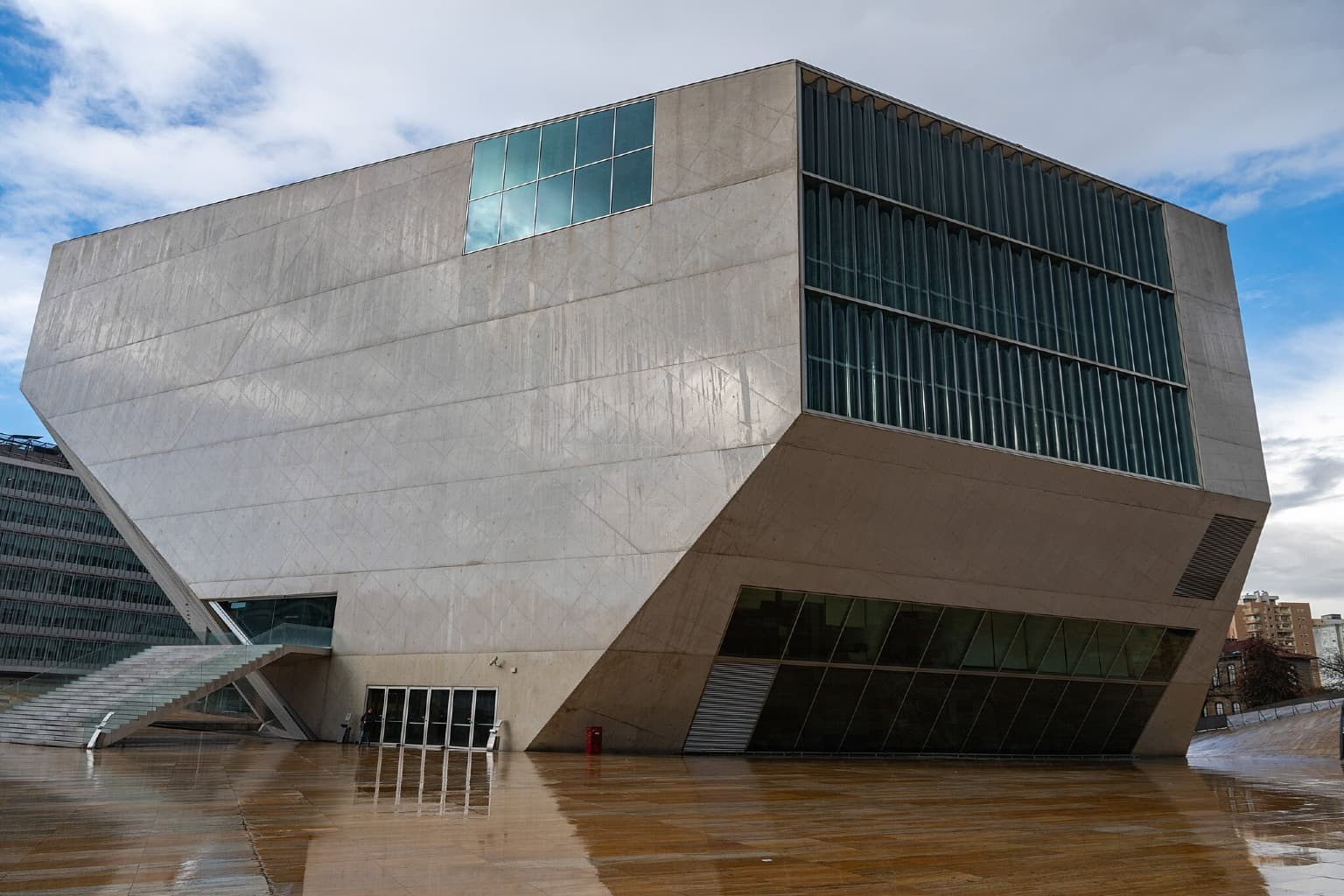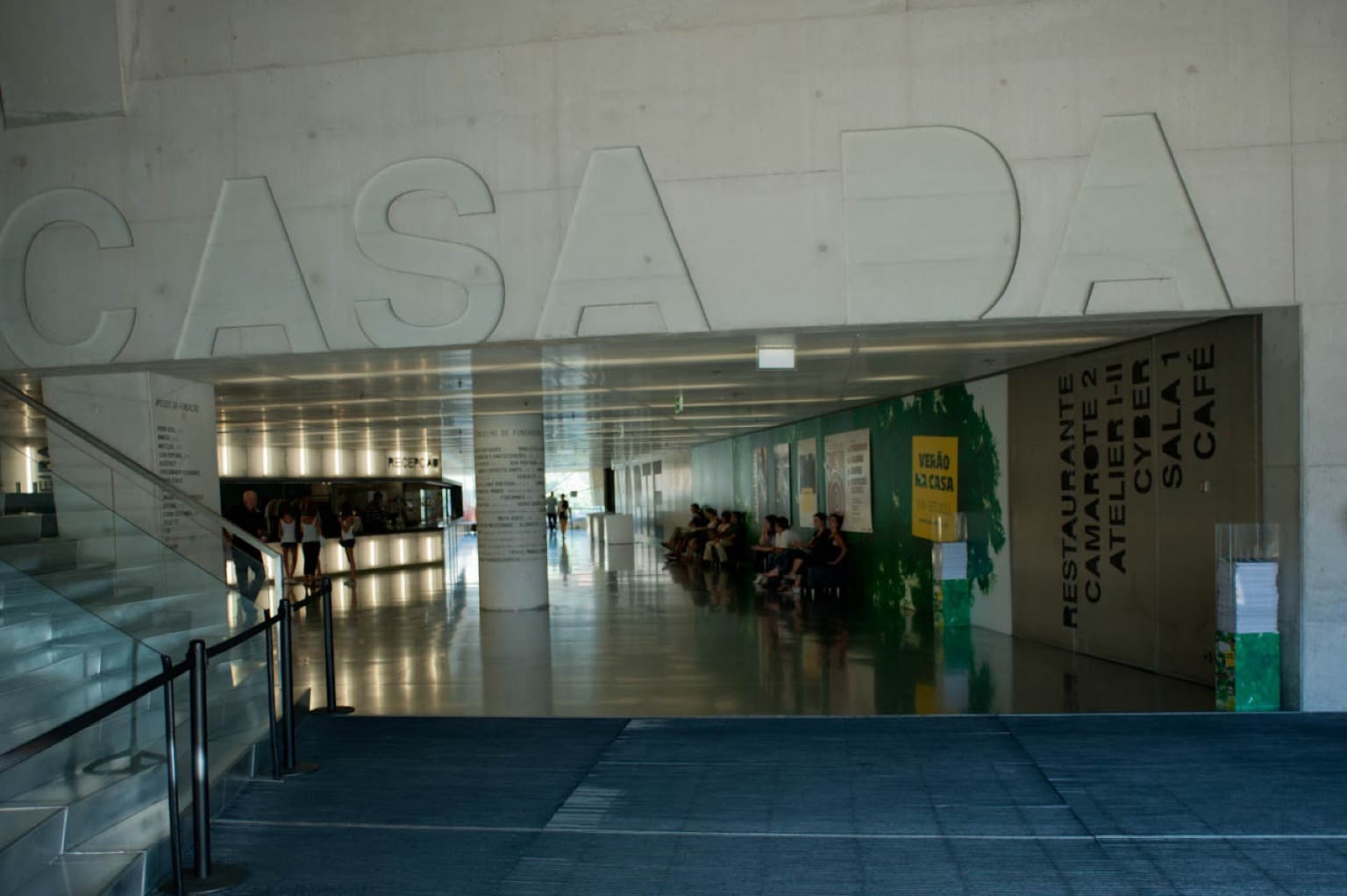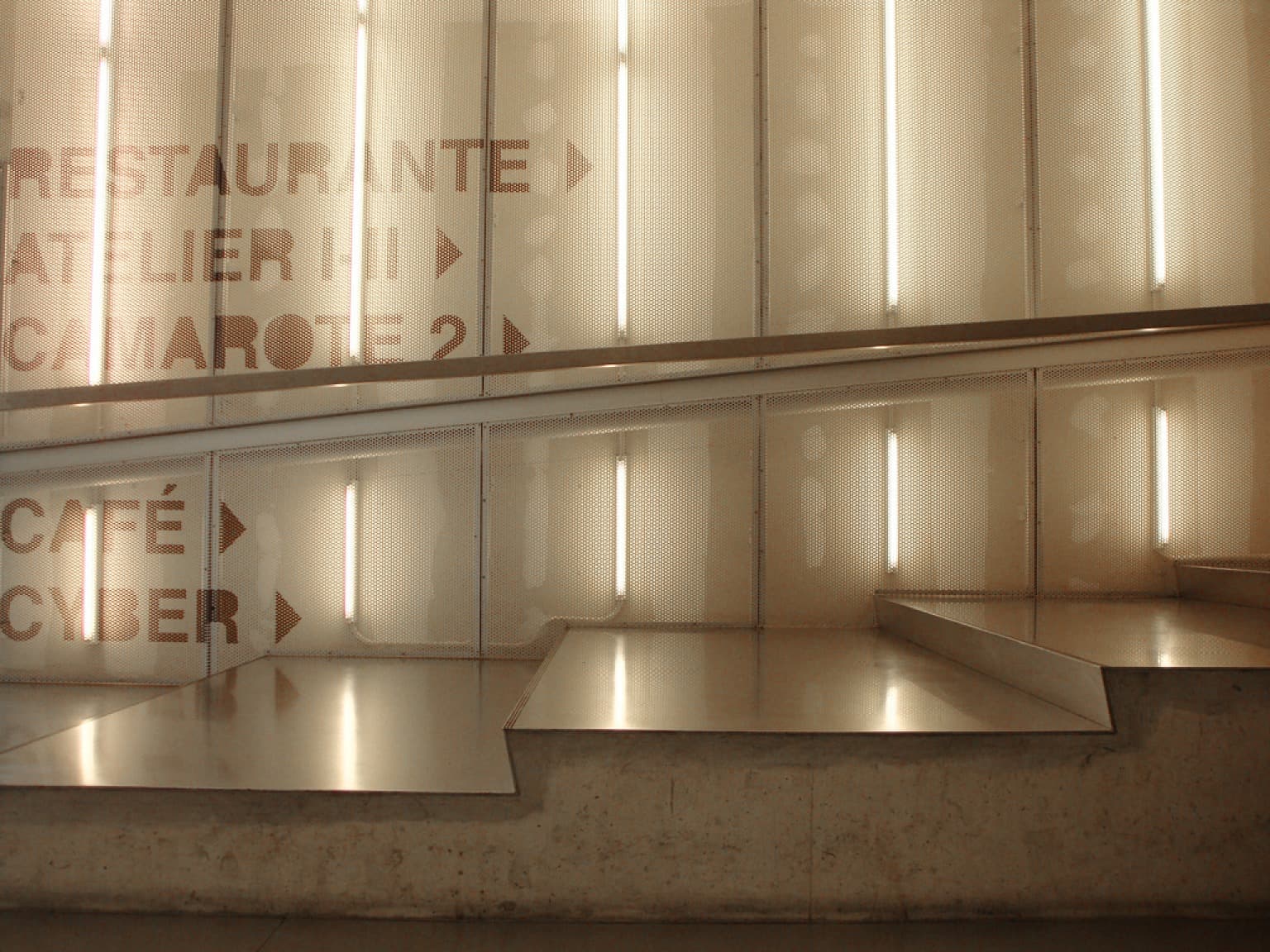Casa da Música, a landmark music venue in Porto
September 16, 2024

Casa da Música - Exterior View of the Building
In 2005, Boavista gained a new venue, the renowned Casa da Música, a building that initially sparked mixed opinions but eventually won widespread admiration, becoming one of the world’s most important music venues.

Casa da Música - Entrance and Reception
Conceived to celebrate the festive year of 2001, when Porto was the European Capital of Culture, Casa da Música is the first building in Portugal exclusively dedicated to music, both for public enjoyment and artistic creation. Architecturally innovative, it features a nine-floor asymmetrical polyhedron clad in white concrete slabs, with large glazed openings of wavy or flat glass. The main entrance, accessible via a staircase on Avenida da Boavista, is complemented by a coffee shop, while the surrounding outdoor space, paved with yellow marble and shades of brown, accentuates the building's size and dynamic design.

Sala Suggia - the Main Auditorium
Inside, the venue houses two main auditoriums. The largest, the "Suggia Room" on the fourth floor, measures 1,100 square meters, is rectangular with a sloping audience, and has a seating capacity of 1,200, which varies depending on the event. The hall is named after Guilhermina Suggia, a world-renowned cellist from Porto. What distinguishes this hall from others is the presence of glazed areas that provide visual connections to the public areas outside the building.
The smaller auditorium, "Sala 2," on the fifth floor, covers 320 square meters and can accommodate 300 seated or 600 standing, depending on the type of show. In addition to these spaces, Casa da Música features other venues for artistic and cultural events, such as the "Cybermúsica" room for innovative educational projects on the fourth floor, the "Sala da Renascença" on the fifth floor with its tile-covered walls and ceiling, and the "VIP Room" on the sixth floor for small group events. At the top of the building, there’s a rooftop restaurant with a terrace offering views over Boavista and Porto, featuring a striking chandelier made of hundreds of Pommery champagne bottles.

Casa da Música - Interior
The architect behind Casa da Música is Rem Koolhaas, who also designed notable buildings like the CCTV Headquarters in Beijing and the Central Library in Seattle. Koolhaas, a recipient of the Pritzker Architecture Prize in 2000, brought further international recognition to Porto and Casa da Música with this project.